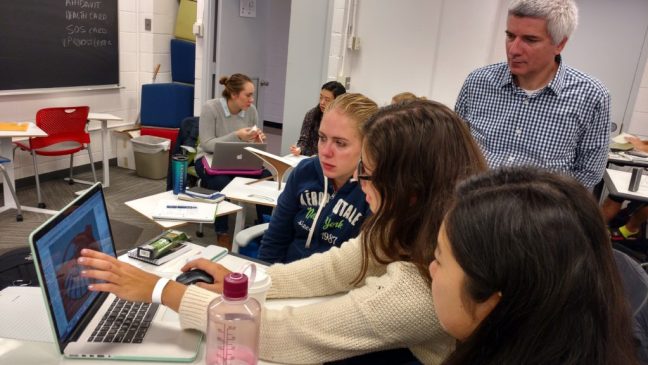
Engineering is a creative discipline as well as a technical one – there is more than one solution to an engineering design, which opens the door to creativity. Structural engineers, in particular, must use creative talent because their structures (e.g. buildings, bridges, vaults) fulfill both an ideological and practical function within a community: the best structures fill the public space with beauty and utility, their style defines an era, and their function protects the lives of multitudes.

Structural engineering is multi-dimensional. Structures have the three dimensions of space, plus the fourth dimension of time meaning that structures are not built to last only a few years (like automobiles for example) but at least a century. Therefore, they must be durable, or in other words, sustainable. Structural engineering is also multi-dimensional within another context – the scientific, social and symbolic realm. The scientific dimension refers to the technical aspect, meaning the theory of structures needed for design. The social context refers to working within the constraints imposed by politics and economy. And the symbolic dimension has the capacity to become an icon for the city or country. It is the multi-dimensional aspects of engineering that inspired the famous philosopher J. Ortega y Gasset to say “I wish it would dawn upon engineers that, in order to be an engineer, it is not enough to be an engineer.”

At Princeton University, the multi-dimensional aspects of structural engineering are taught through a course called “CEE463 – A Social and Multi-dimensional Exploration of Structures”. Every edition of CEE463 has had a different theme, where the topic for the Fall 2016 semester was “Creativity in Cuban Thin Shell Structures”. The course approaches structural engineering as a holistic discipline, teaches a sense of scale, and makes the students reflect on the constructability aspects of design, on aesthetics and on the technical, social and environmental context of engineering works. In addition, the course also teaches the students how to communicate ideas to the engineering profession as well as to the general public. To reach these goals the course includes several components such as the building of models of significant structures, an exhibition, a website, a field trip to the location of the structures analyzed, and a direct contact with the engineers and/or architects who designed them.
Instructors
| Professor: Maria E. Moreyra Garlock Professor: Branko Glišić Teaching Assistant: Rebecca Napolitano |
Students in Class
| Nunez Galvez Tomb: Ojima Agada Kimberly Perez Michael Cox | National Ballet School: Danielle Sawtelle Felicia Jiang Katherine Wojton | Parque Jose Marti Stadium: Isabella Douglas Corrie Kavanaugh Julie Chong |
| Tropicana Entrance Canopy: Rachel Marek Anna Blyth Lindsey Conlan | Arcos de Cristal: Veronica Boyce Annie Levine | National Dramatic Arts School: Katie Kennedy Zak DeGuilio |
